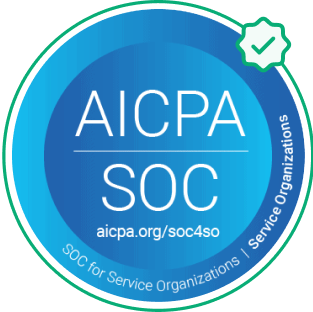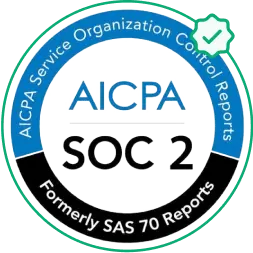What is Employee Leasing?
Employee leasing or staff leasing is when companies allow their employees to work with other companies for a fixed term or a particular project. The leasing organisation remains their permanent employer, but leased employees can temporarily work for a recipient employer.Partnering with an Employee Leasing company helps recipient employers focus on their core processes rather than administrative processes. The arrangement also ensures quick, albeit short-term, access to the services of pre-qualified specialists whenever needed.Not to be confused with:
Not to be confused with:
Are leased employees eligible for 401k?
Usually the leased employees are not considered common law employees of the recipient employer. Plan sponsors often overlook the leased employees because the leasing company is their 'employer' on paper. However, the following conditions qualify them for 401k benefits.When the services are performed under an agreement between the recipient and the leasing organization.
When services are performed for at least one year on a substantially full-time basis. Substantially full-time translates to 1,500 hours in a 12-month period, or 75% of the customary hours in that job position.
When the recipient employer has primary direction or control over the services rendered by the individual.
However, a recipient employer can also exclude leased employees from 401k plan coverage under the limited safe harbor that the IRS provides. The limited safe harbor can be cited whenLeased employees do not constitute more than 20 percent of the recipient employer’s non-highly compensated employee workforce, and
The leasing organization maintains a non-integrated money purchase plan that makes a contribution of at least 10 percent of compensation for the leased employees.











